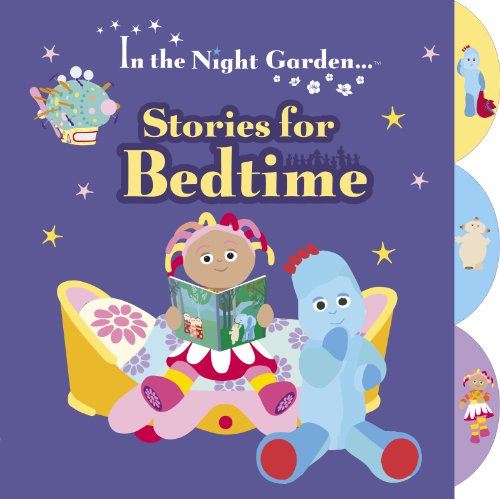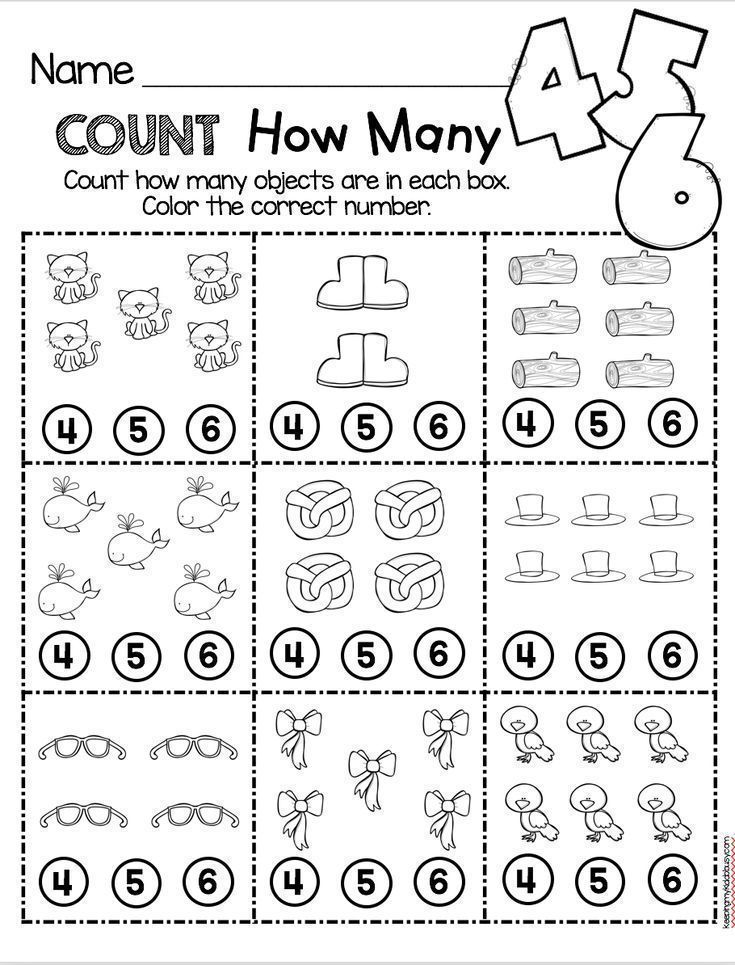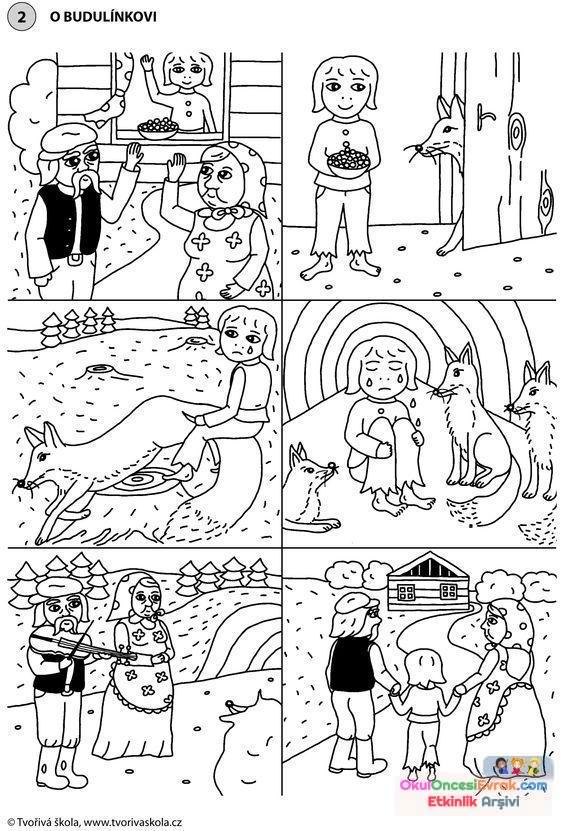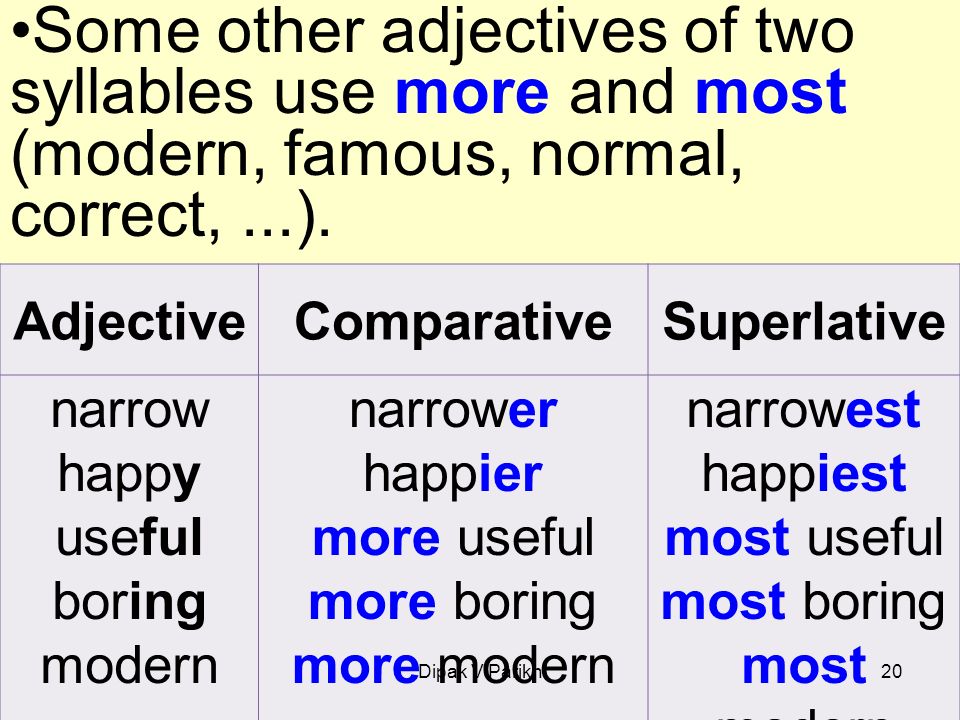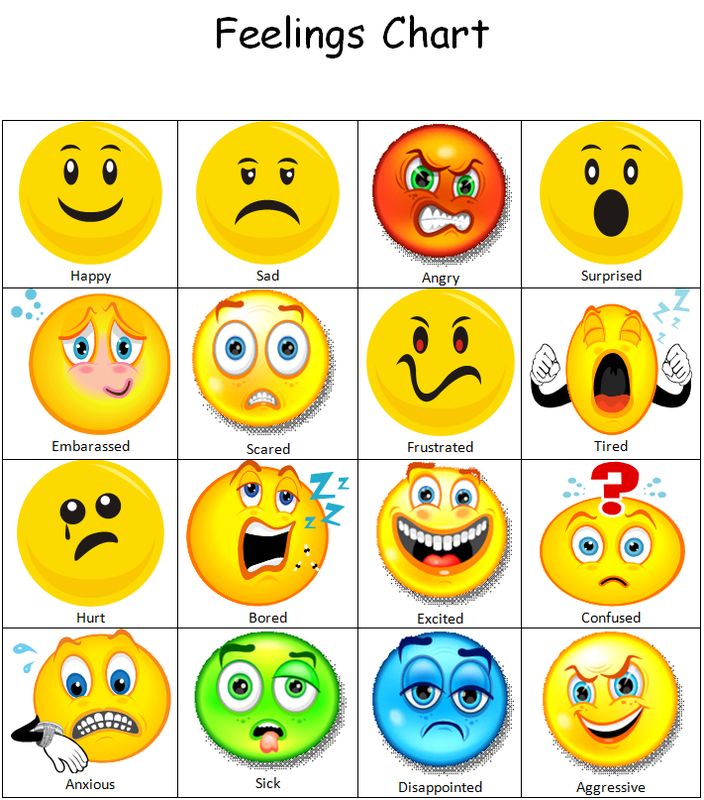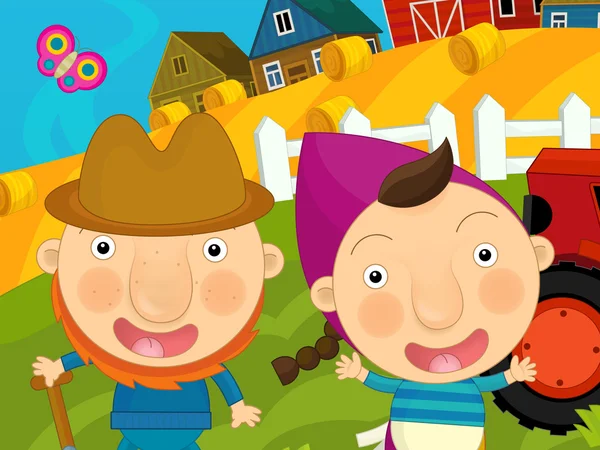Can do games
Six Games for Reading | Reading Rockets
Here are six games parents or tutors can use to help young readers practice word recognition, spelling patterns, and letter-sound knowledge. When planning to play one of these games, choose words to use from books the child is reading or has read recently. The games should also be chosen or designed to promote the child's sense of competence and success.
1. Concentration
To make
Select five to ten words from a book (or books) the child is reading. Print each word clearly and boldly on separate 3x5 inch index cards, making pairs of each word. (The child may be able to help you by copying the words you write.)
To play
Shuffle the cards and place them face down in neat rows. Take turns turning up two cards at a time and reading the words aloud. If the two cards match, the player keeps them and takes a second turn. If they do not match, the cards are replaced face down and the next player takes a turn. Play until all the cards are matched.
The player with the most pairs wins. If the child has trouble recognizing a word, say the word — do not ask the child to "sound out" the word. The purpose of this game is to build automatic recognition of whole words.
You can control the difficulty of the game by the choice and number of words used: for very beginning readers, choose meaningful words that are visually distinctive: "ghost", "dark", "sister", and keep the number of words low. For a more challenging game, include some words that are less distinctive: "when", "what", "this", "that", but be careful not to overwhelm the child.
Variation 1
Instead of matching pairs, you can use rhyming pairs: look, book; dark, park.
Variation 2
This game can also be used to build letter recognition and letter/sound association. Paste or draw simple pictures on one set of cards; and on the other set, print initial consonants to go with the pictures. For example, paste the picture of a dog on one card, and write the letter "D" on a matching card.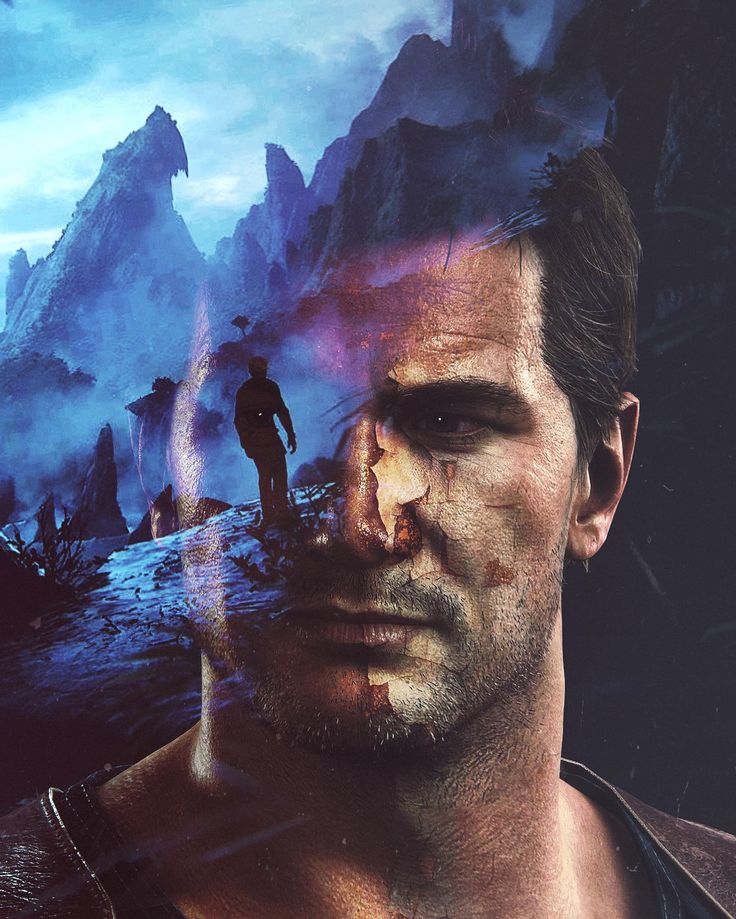
Note: This game can be adapted to use with older children, or more advanced readers: variations can include vocabulary practice such as using homonyms, (words that sound alike but are spelled differently and have different meanings: cent/scent; dear/deer, etc.) or contractions, (can't; cannot, etc.).
Back to Top
2. Go fish
This game is good for early fluent to fluent readers.
To make
Select ten to 20 words from a book (or books) the child is reading. Print the words clearly and boldly on separate 3x5 inch index cards, making pairs of each word. (Children may help by copying the words you write.) Two to four players can play this game.
To play
Shuffle and deal three to five cards to each player. Place the rest of the deck face down. Players take turns asking each other for a card to match one held in his or her hand. If the opponent has a matching card, it is given over, and the first player takes another turn. If the opponent does not have a match, he or she says "Go Fish" and the player draws from the remaining deck of cards, and the next player takes a turn.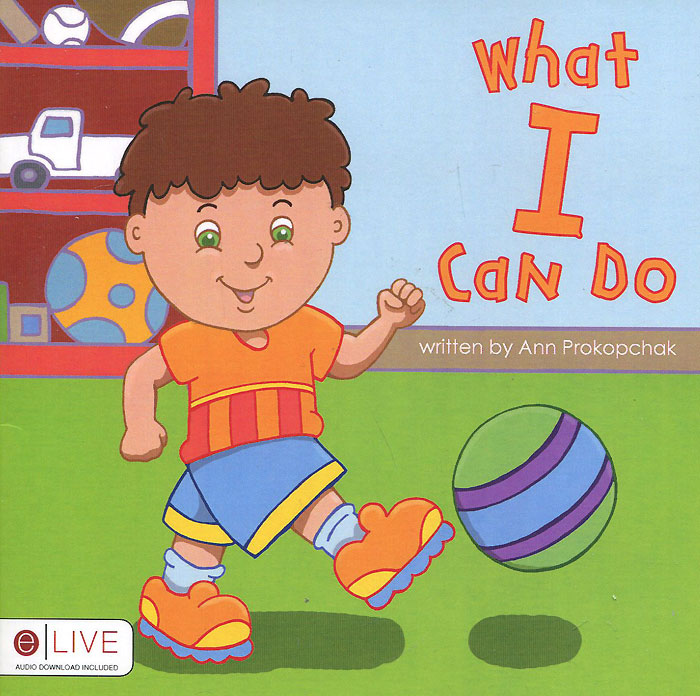 Each time a player has a match, he or she reads the words, and puts down the pair, face up. Continue the game until the cards are all used up.
Each time a player has a match, he or she reads the words, and puts down the pair, face up. Continue the game until the cards are all used up.
Instead of matching words, rhyming words can be used. In this case, players ask for "a word that sounds like 'night'..." At the end, the child can earn extra points by dictating or writing additional words that rhyme with the base words, or creating "silly" sentences using the rhymes.
Note: This game can be adapted to use with older children, or more advanced readers: variations can include vocabulary practice such as using homonyms (words that sound alike but are spelled differently and have different meanings: cent/scent; dear/deer, etc.), or contractions (can't; cannot, etc.).
Back to Top
3. Old maid
To make
Select three words per player from a book (or books) being read. Print them clearly and boldly on separate 3x5 inch index cards, making pairs of words. Choose one more word without a match that will be the winning card.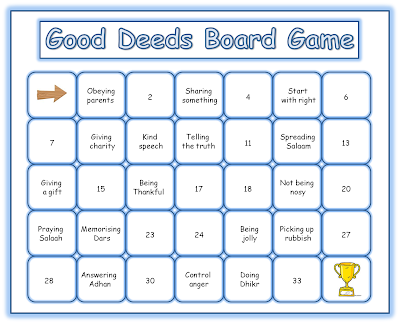
To play
Shuffle and deal three to six cards to each player. Players take turns drawing a card from a player to their left. If a player draws a card that matches one in his or her hand, he/she reads the two matching words in order to keep the pair. Play continues until all the cards are matched, except for the one odd card. The player who holds that card at the end wins the game.
Note: This game can be adapted to use with older children, or more advanced readers: variations can include vocabulary practice such as using homonyms (words that sound alike but are spelled differently and have different meanings: cent/scent; dear/deer, etc.), or contractions (can't; cannot, etc.).
Back to Top
4. Monopoly
This is a great game to help teach word family patterns and spelling patterns. This should be used with children who write fairly comfortably, usually second grade or older.
To make
Create a game board with four or five squares on each side. Prepare word cards with families of words that emerge from the child's reading: night, light, tight; went, bent, sent; hat, cat, bat. (For beginning readers or younger children, make sure the patterns are not too similar: mat, sat, rat; man, can, ran; met, set, bet.) Color code each word family and each side of the game board.
Prepare word cards with families of words that emerge from the child's reading: night, light, tight; went, bent, sent; hat, cat, bat. (For beginning readers or younger children, make sure the patterns are not too similar: mat, sat, rat; man, can, ran; met, set, bet.) Color code each word family and each side of the game board.
Place the words face up around the board in sets. To add to the element of chance, have other game directions on the board, such as "take another turn", "go back 2 spaces", etc. Prepare score sheets for each player with color-coded headings for each word family.
To play
Role dice or use a spinner to move around the board. Wherever a player lands he reads the word, then writes it in the appropriate "word family" category on the score sheet. Extra points can be earned by dictating or writing sentences with the rhyming words.
Back to Top
5. Rhyming games
Play rhyming games to teach about the patterns in words. Try the following, for example, for words in the same family as the word black:
- Introduce a poem or rhyming story such as Miss Mary Mack:
Miss Mary Mack, Mack, Mack
all dressed in black, black, black
with silver buttons, buttons, buttons
up and down her back, back, back… - Encourage the child to point out words in books that have a similar spelling pattern as in black.
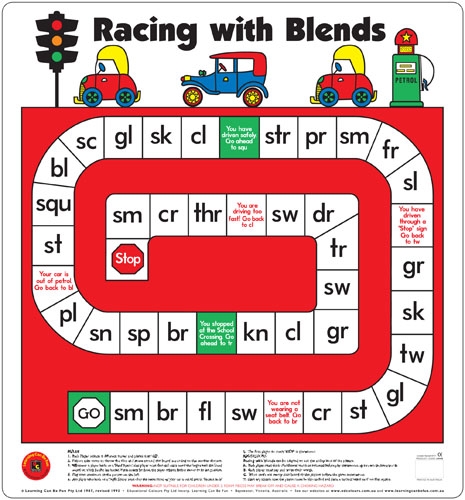
- Help the child think of other words that have this pattern. You may have to write a few words for him or her:
sack
pack
stackThen have the child read the whole word and underline the repeated part of the word, "ack."
- Using magnetic letters or Scrabble pieces, form a word with the "ack" pattern. Ask the student to change the first letter of the word (for example: 's' in sack) to make a new word, such as pack. You should be sure to provide a limited number of letters (two or three at first) for the child to choose from.
- Remember to choose a word pattern that is useful and important to the student and that relates to something that he or she has read or will read. If possible, start with a word he or she already knows in the word family. After reading a book about being sad, for example, start with the word "cry" and then follow with "fry", "try", and "wry".
- Remember to review the word families you've chosen to work on periodically by playing some of the other games described above.

- Be sure to give the student a chance to go back to a book, poem, or other texts where he or she can apply this new reading skill. Poems, nursery rhymes, and jump rope jingles are a great resource for early readers.
Back to Top
6. Fishing for sounds
This is a game for emergent readers and writers.
To make
Find and cut out small pictures of familiar objects from magazines, old workbooks, catalogues. Try to find several pictures that start with the same letter, such as book, bed, basket, boy; snake, sun, skate, slide, etc. (The child can help; this is a good language activity too.)
Cut out 12-15 fish shapes and paste or draw one picture on each fish.
On individual 3x5 inch index cards or on an 8x11 inch piece of paper or cardboard, print consonant letters with a key picture for each group of pictures found. (For example, print the letter "S" with the picture of a sun to represent all the words beginning with that letter.) (If using a sheet of paper, print only two or three letters per sheet.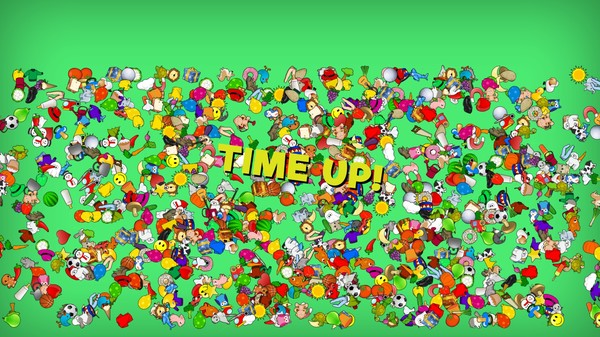 )
)
To play
Select two or three sets of fish pictures that start with the same letters and mix them up. Place face down on a table and take turns "going fishing." As each fish is turned over, the child names the picture and places it in the appropriate pile under the key letter / picture. When all the fish are caught and placed correctly, have the child "read" the pictures under each heading. If necessary, read along with him or her, saying the letter name and stressing the initial sound of the word. "Yes, here are 'S' pictures: sssun, sssnake, sssaxophone."
To add excitement, you can play as opponents, each player having one or two categories and key letter / pictures. Take turns fishing, and discard those fish that belong to the other player.
Back to Top
Free Learning Games for Kids Online
| RoomRecess.com is dedicated to providing children with free learning games that are fun. |
Our top math learning games for kids to learn math skills. | ||||||
|---|---|---|---|---|---|---|
Math learning games provide kids with a fun way to practice essential math skills. Our free learning games will help reinforce important educational skills such as computation, geometry, fractions, decimals, place value, rounding, integers, problem solving and much more.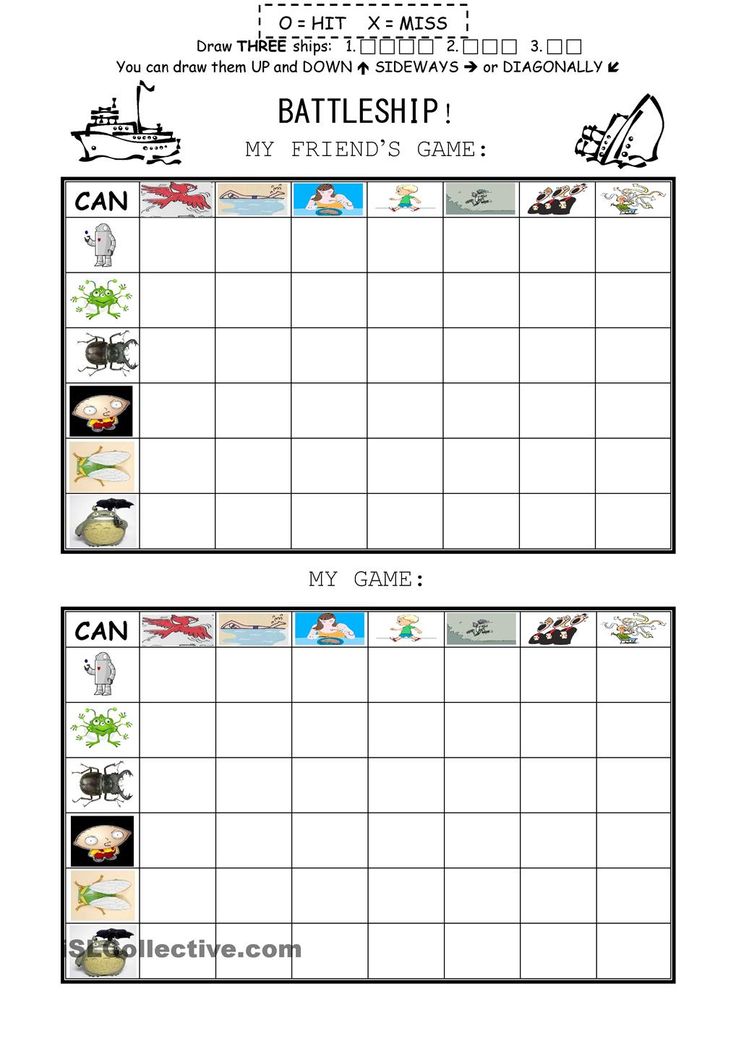 Elementary students enjoy learning through playing games that are fun. Elementary students enjoy learning through playing games that are fun. | ||||||
Our most popular reading games for children to practice educational strategies. | ||||||
|---|---|---|---|---|---|---|
Reading skills are vital to today’s elementary students. Our learning games cover a large variety of strategies, including main idea, author’s purpose, cause and effect, fact and opinion, context clues, drawing conclusions and many more. Allowing kids to play our free online games during their reading centers will only enhance their learning experience.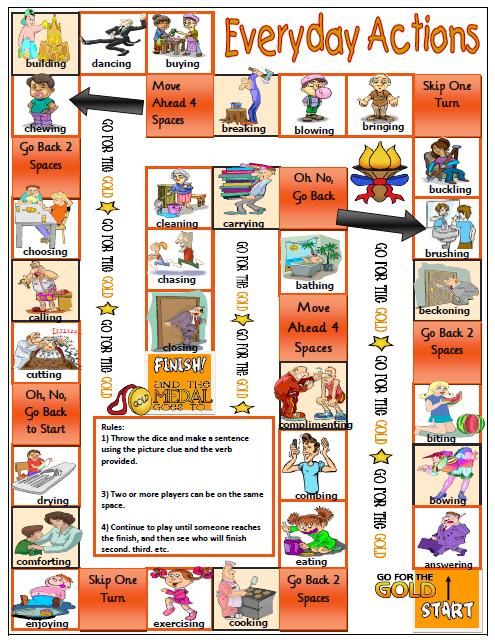 | ||||||
Free games to help kids learn grammar, spelling, sight words, and other word skills. | ||||||
|---|---|---|---|---|---|---|
| Kids love word games that are fun. We take word games to a whole new level, encouraging children to go on adventures and solve puzzles. Some of the learning skills we cover in our online games are parts of speech, prefixes and suffixes, word forming, ordering, ELA skills, grammar, and spelling. | ||||||
Children of all ages will enjoy these typing games and computer activities.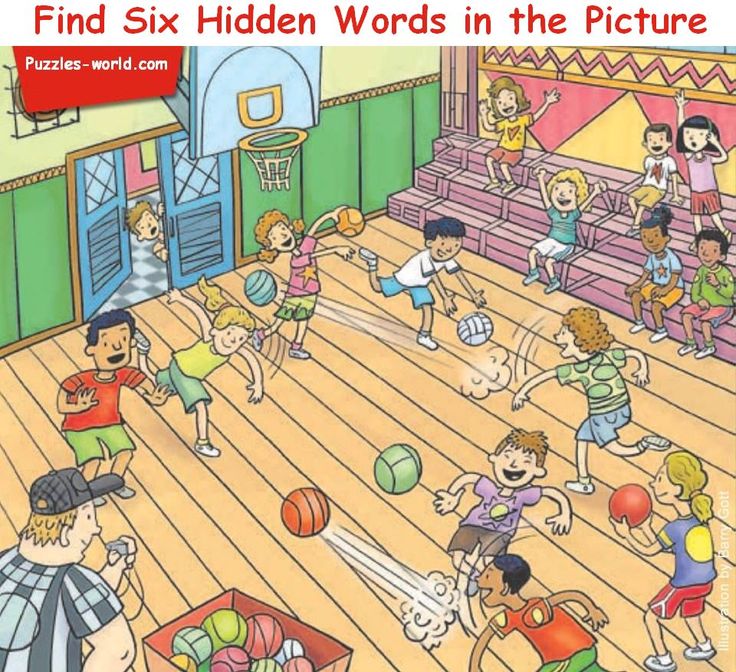 | ||||||
|---|---|---|---|---|---|---|
| Students of all ages need computer skills. Our educational games for kids provide a variety of ways for children to become more comfortable with the value of computers. Many of our online games encourage accuracy and speed, while other learning games help younger students learn mouse skills. Battle a friend or see where you rank against students from all over the world these games that are fun. | ||||||
Other educational activities and tools to help learning online in the classroom. | ||||||
|---|---|---|---|---|---|---|
We also feature a few classroom tools for teachers and a few extra learning games that are fun. Here you'll find a free random number generator, classroom timer, a social studies game, and a huge trivia game that covers 5 subjects. Here you'll find a free random number generator, classroom timer, a social studies game, and a huge trivia game that covers 5 subjects. | ||||||
Learning games sorted into special categories. | ||||||
|---|---|---|---|---|---|---|
| To help make your educational game searches easier, we chose to create some pages where learning games are sorted into special themes. The themes we chose appeared most often in our search results. | ||||||
Free Online Learning Games for Kids that are Fun
Privacy Policy
How to start making a game? Step-by-step instructions - Gamedev on DTF
This article is for beginners in game development. For those who want to make a game but don't know where to start.
For those who want to make a game but don't know where to start.
84 153 views
I will try, step by step, to explain the whole process from desire to release. Let's go!
Who am I?
My name is Alexander Dudarev
Alexander Dudarev E-mail: [email protected]
I am a game designer with 10 years of experience. Worked in many companies, for example in Playgendary. He did different things: both casual games for mobile phones, and a tank shooter for PC.
Now I'm an indie developer. I live by selling my games. Released 4 games for PC and Consoles. Now I am developing the game They Are Here: Alien Abduction Horror - a horror from the 1st person, about the abduction by aliens.
They Are Here: Alien Abduction Horror
Step 1: Be Enthusiastic
Enthusiasm is the fuel you burn in development. It will allow you to make a game after work, when you are tired, when you want to relax.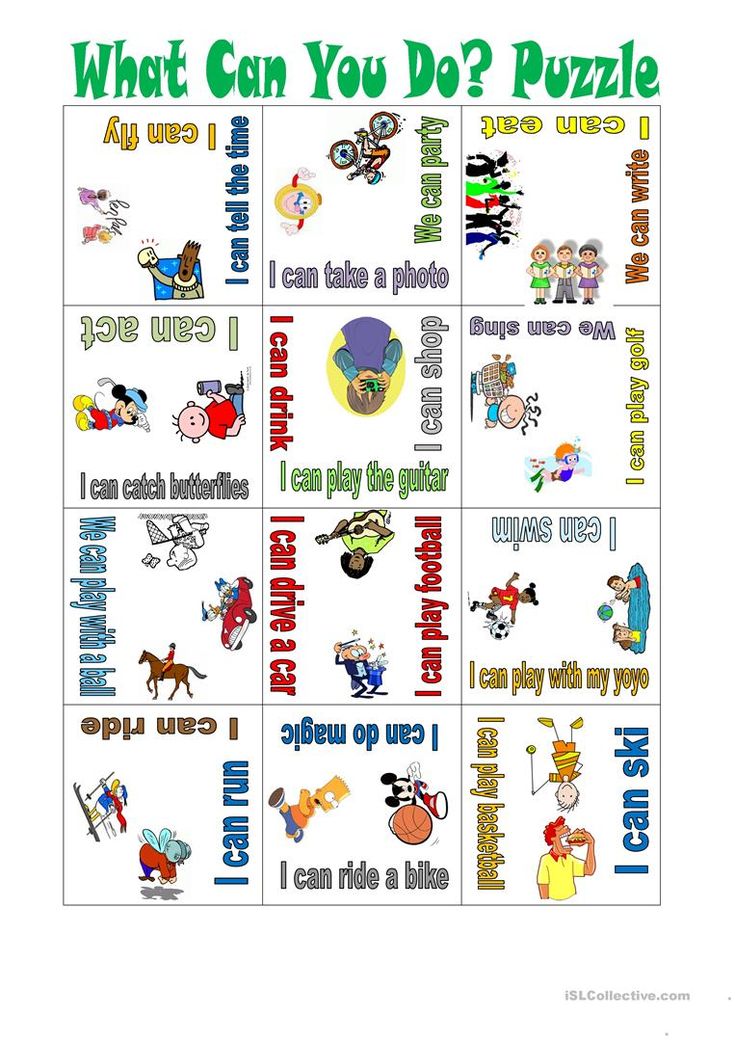
How to replenish the supply of enthusiasm? Watch documentaries, read developer success stories. It's motivating!
For example, here is a great documentary about indie games Indie Game: The Movie
Look around: other games, movies, movies, new technologies. The desire to learn something new or do something similar is what you need.
Step 2. Gather a team or do it yourself!
One is easier. It's easier to come up with an idea and make decisions. No need to argue and describe tasks. Making a game alone is possible. For example, I made 4 games alone.
It's better with a team. Better quality. Your decisions are criticized and the result is improved. You can distribute responsibilities and make the game faster. The last game I do is in a team with my wife. She is responsible for the story, criticizes my decisions, helps with art, looks for streamers.
In short - there is a team, cool! There is no team - do everything yourself, it's not difficult.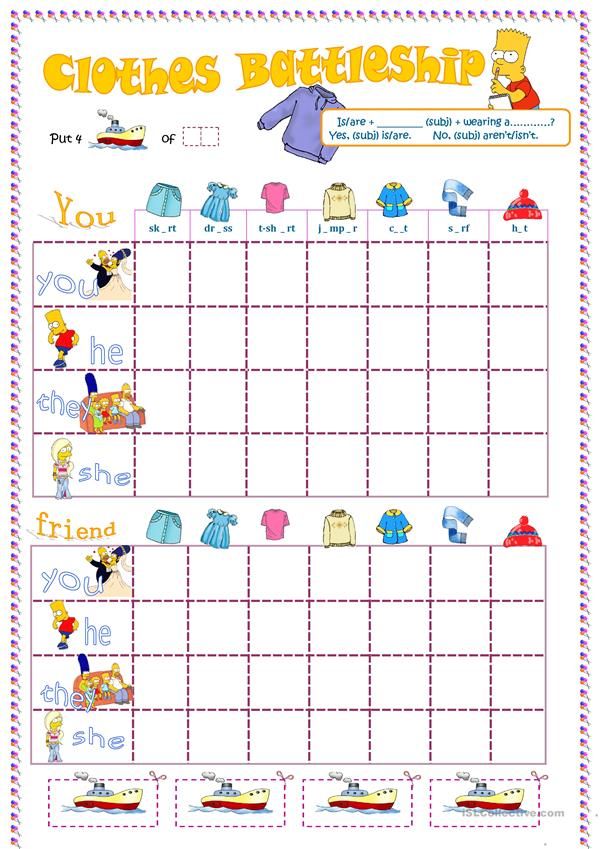
Typical indie developer
Step 3. Formulate the development goal
It is very important to understand - why do you need all this?
For example:
1. Employment in a game development company.
Product portfolio. The priority is the quality of performance.
Questions: What position would you like to apply for? Which company(s)? What kind of games does the company(s) do? What needs to be learned?
2. Learn how to make games, master a skill.
Prototype product. Priority is new knowledge.
Questions: What skill to master? How to do a specific thing?
3. Tell about something important.
Product Manifesto. The priority is to convey the idea to the masses.
Questions: Will my idea be understood? How to make the product more popular?
4. Make the game you dreamed about.
The product is a dream. The priority is to realize your vision.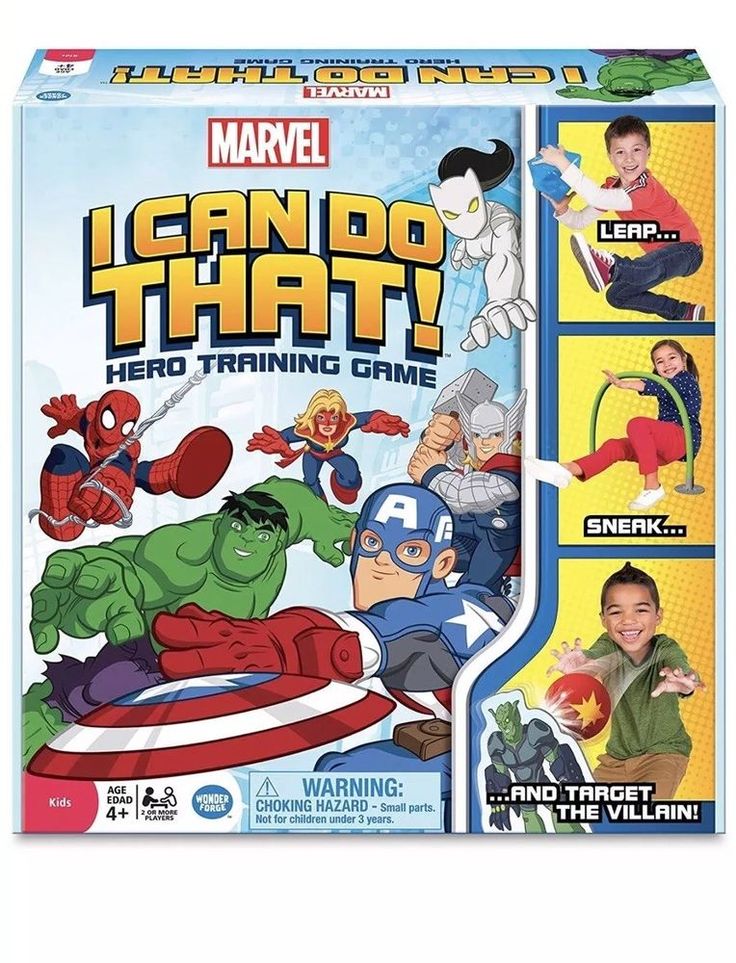
Questions: What do I want to see? What can be neglected? How to finish a project?
5. Build your business.
Product - active. The priority is to earn income.
Questions: Which games sell best? How long will development take? How to reduce this time?
There may be more than one target. Goals can change from game to game.
In short - you have to answer the question - why am I making this game?
Really, why?
Step 4. Remember what you can do or love
For example, my wife and I are fans of horror films about aliens. Type "Signs", "Dark Skies", "X-Files". Therefore, it is easier for us to work on ideas and a script for They Are Here
Or maybe you draw anime girls in your spare time. And your friend is studying AI programming. So it will be easier for you to make a game about girls who will chat with the player as if they were alive.
Tian approves of starting from skills and hobbies
In short - your skills and hobbies are your advantages.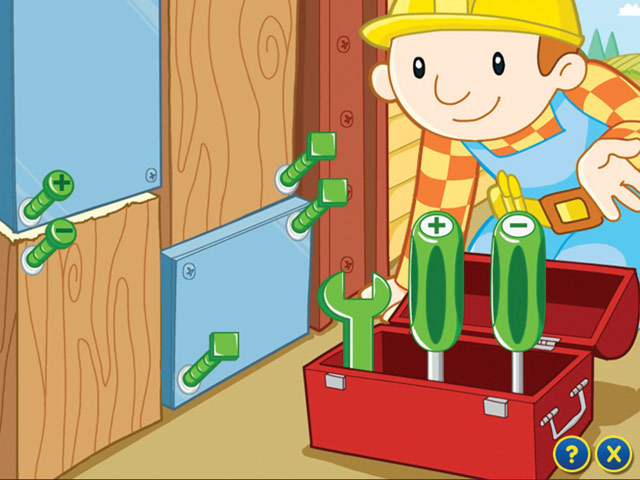 Consider them when choosing a platform, engine, game genre. For now, just think about it.
Consider them when choosing a platform, engine, game genre. For now, just think about it.
Step 5. Choose a platform
If it's simple, then there are 2 ways: Mobile phones or PC + Consoles .
Based on the goals and skills of , you will need to choose one thing. These are different platforms, with different games, audience and monetization.
Path 1. Mobiki
Audience:
- Mass audience. Children, pensioners, bored saleswomen. These are not gamers. Everything should be very clear and simple.
- Play for 1 - 5 minutes. On breaks, in line, at work. To kill time.
- Simple bright graphics are appreciated.
- Focus on simple yet addictive core gameplay.
Pros:
- Some genres (puzzles, arcades) are the easiest to develop. You can make a small prototype (1-5 levels) and show it to the employer, for example.
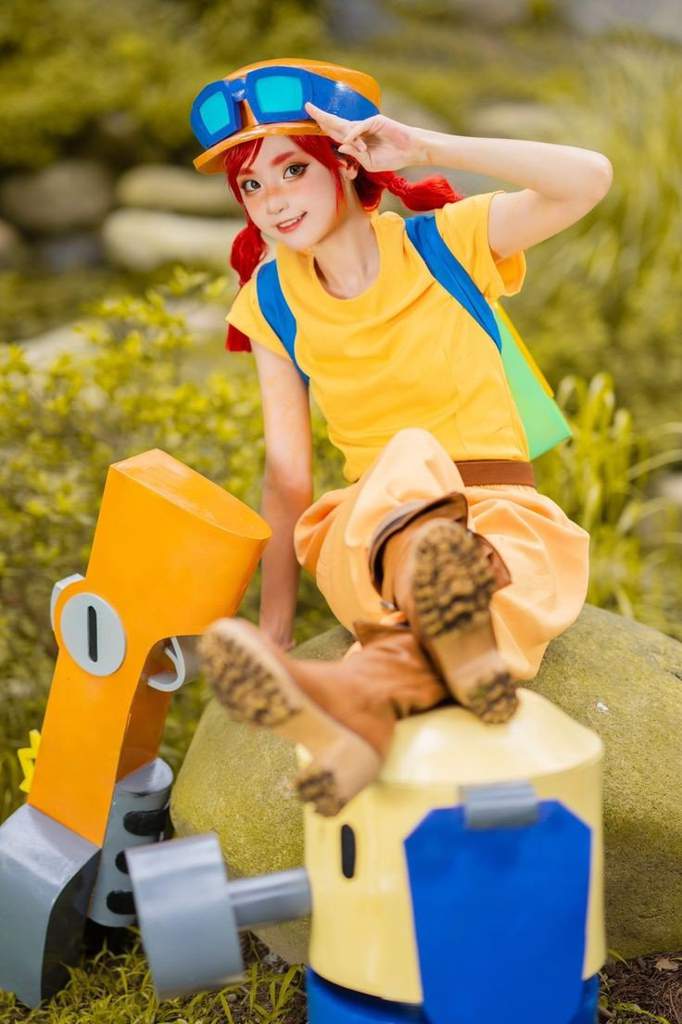
- Pretty or complex graphics are not required. The main thing is to be clear.
- Simple gameplay and game design.
- It will be a plus if he is used to mobile devices and games.
Cons:
- Very. High. competition. There are millions of games and almost all of them are free. Players come only from ads. No ads - no players. No money.
- Monetization. You need to embed ads or in-game purchases into the game. Know where and how. Test to make it all work.
- Analytics. You need to understand what LTV is. Why should it be > than CPI. Embed analytics in the game.
- Be prepared to make 20 prototypes or improve the product until LTV > CPI.
- Earn money for a small team, you can only with a publisher. I personally don't know any other way.
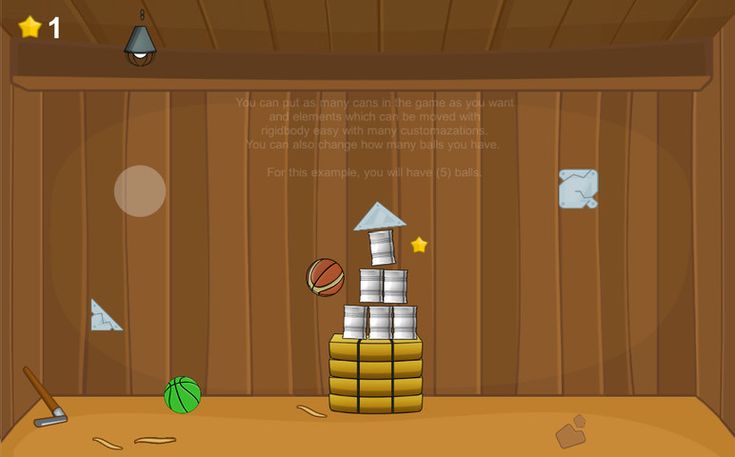
In short - mobile phones, this is a huge super market. On the shelf is something that pays for advertising. It's advertising budget competition. If you want to make money on mobile phones, then I advise you to make hyper-casual games and work with a publisher.
If you don't care about income, it's a cool, lightweight platform.
If you dare, learn more about:
- Hyper-casual games (everything related to game design and production).
- How to find a publisher for hyper-casual games.
- Casual graphics.
- Low-poly graphics.
- Casual players (casual difficulty and tutorials).
- Mobile game analytics (CPI, LTV, Retention).
- Monetization of mobile games.
- Optimization of mobile games.
- Google Play and App Store.
 Registering a developer account. Rules and recommendations. SEO.
Registering a developer account. Rules and recommendations. SEO. - Advertising mediators and networks (Iron Source, AdMob, etc.).
- Market analytics services for mobile games (Sensor Tower, App Annie).
Path 2. PC + Consoles
Audience:
- Hardcore gamers.
- Play for several hours. Houses. To dive into the game.
- Realistic or stylish graphics are valued.
- Emphasis on an interesting story or deep gameplay.
Pros:
- Less competition than on mobile phones. Especially on consoles.
- Easier to get players and reviews.
- You can make good money by porting the game to the console, with the help of a publisher.
- Don't bother with analytics and monetization.
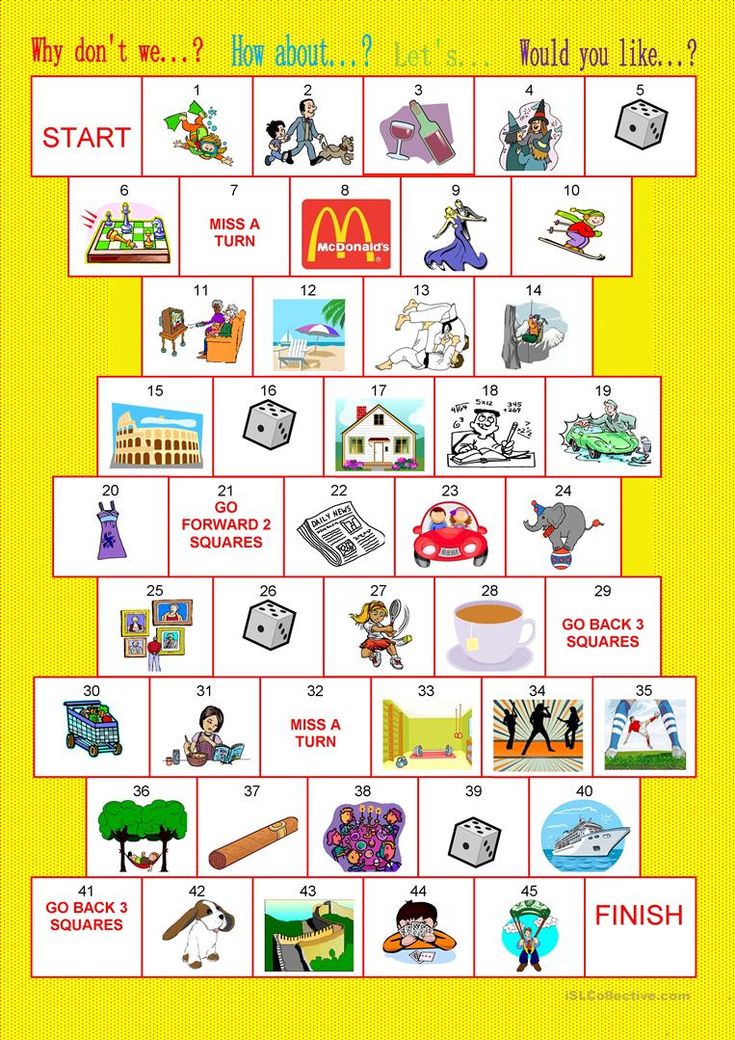
- From childhood, a clear platform (PC / Console) and audience (Gamers).
- The audience loves original, creative, interesting games.
- It will be a plus if you yourself play on a computer or console.
Cons:
- Simple games (puzzles, arcades) are bad. Gamers want to get experience, get used to the role. Stick for a long time. The game should not look like something for a couple of minutes.
- Games are longer in production. But you can be tricky - make small games that look like big ones, and also use ready-made assets.
- We need to work on an interesting idea. Find distinctive features (USP) that will make the project stand out.
- You need to think of an interesting story or gameplay.
- More complex game design.
- High demands on the quality of graphics.
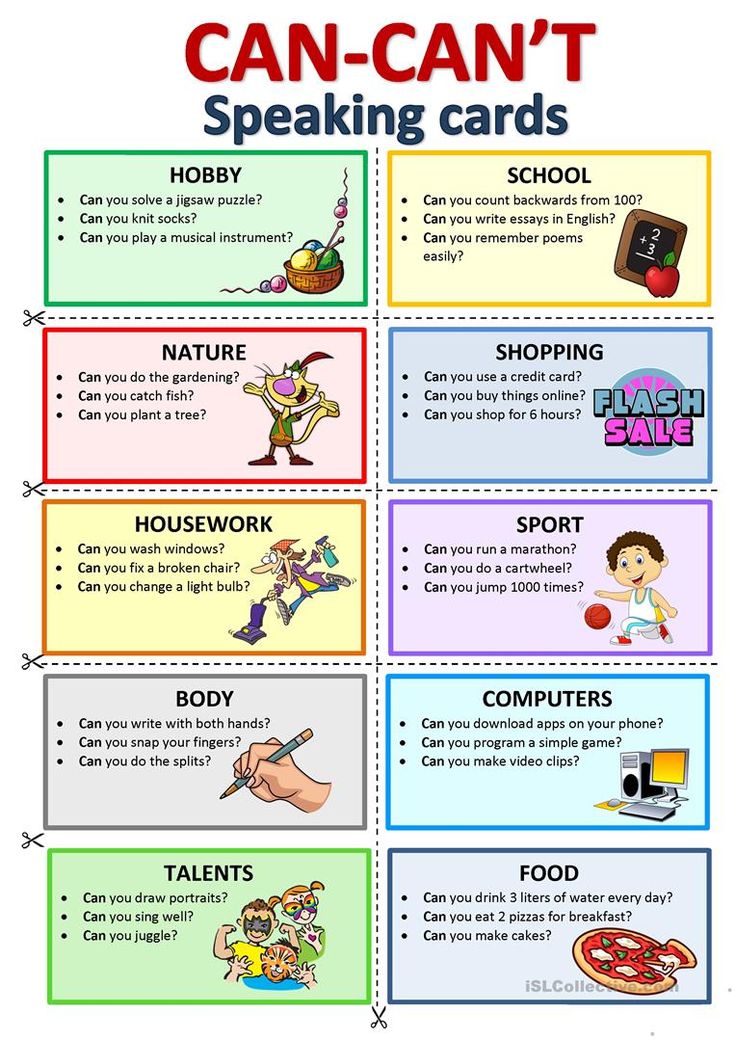
In short - PC, and especially Consoles is a high-end boutique. On the shelf is what is in demand. This is quality competition. If you want to make money, then make an interesting game, and be sure to port it to the console (through a publisher). Think about how to save on production!
If you dare, learn more about:
- Game design for computer games.
- Narrative, storytelling.
- How to pitch games.
- Game features / USP.
- What is a vertical slice.
- Steam. Registering a developer account. Page layout. Tags. Rules and recommendations.
- Marketing and promotion of indie games on Steam (I recommend http://howtomarketagame.com/) How to make a cool poster, trailer, screenshots, GIFs.
- Porting games to consoles.
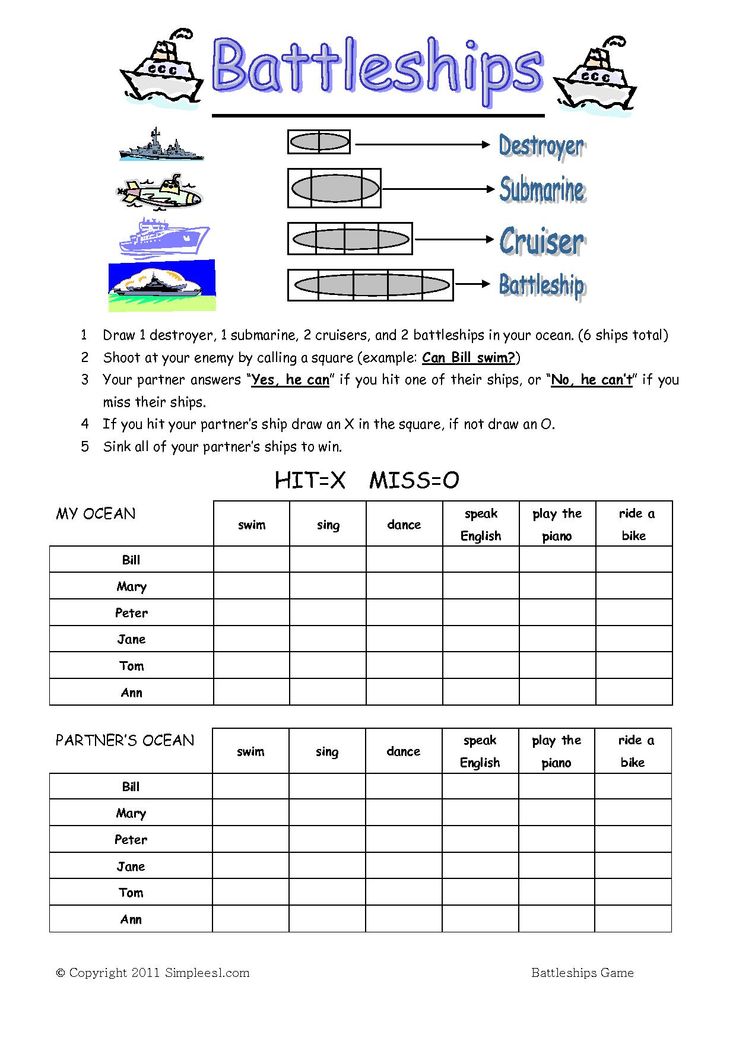
- Console game publishers.
- Indie game contests and festivals.
- Working with influencers (youtubers, streamers).
- Realistic graphics.
- Stylized graphics.
- Tag and genre analytics services (SteamDB, Steamspy, SteamCharts, Game Data Crunch).
- Key distribution services (Keymailer, Woovit)
Step 6. Learn about game design and game production
Get interested in how games are made (great podcast in your headphones)
I recommend to google about:
- Game mechanics, genres and settings.
- Game design. There is a book by Jesse Schell, it's good, but big. You can google about a specific genre.
- Core gameplay and Meta gameplay.

- Level design. It's better to google about a particular genre.
- User interface (UI) in games.
- Assets and marketplaces.
In short - first learn superficially about all incomprehensible terms. Explore only what you need to develop your specific game in depth.
Step 7. Choose an engine and look at the tutorials
The engine is the program that builds the game. This is a big food processor that has everything. Logic is programmed there, levels are assembled, lighting is set, animation is set up, materials are created, sounds are inserted, etc.
Many articles have been written about the choice of engine - google it.
If you are alone and don't know programming languages, I recommend Unreal Engine 4.
- Blueprints are there - this is visual programming. It's easier than writing code.
- Nice render out of the box.
- There is a large marketplace with gov assets
- This is a popular commercial engine that is used to make a lot of games.
- You can make a game for all platforms. You can embed advertising, inaps, analytics.
- Lots of levels. I recommend Unreal Engine Rus
- Cool interface.
- A bunch of built-in functions.
- Free up to lama bucks income.
Unreal Engine 4 Blueprints
Before starting to work on the game, make a couple of very simple "table" fakes.
Make a snake, ping-pong, etc. Don't care about quality, don't care about game design. The main thing is to practice "on cats", to feel the functions of the engine.
The whole team will work in the engine - so everyone should study it, at least superficially.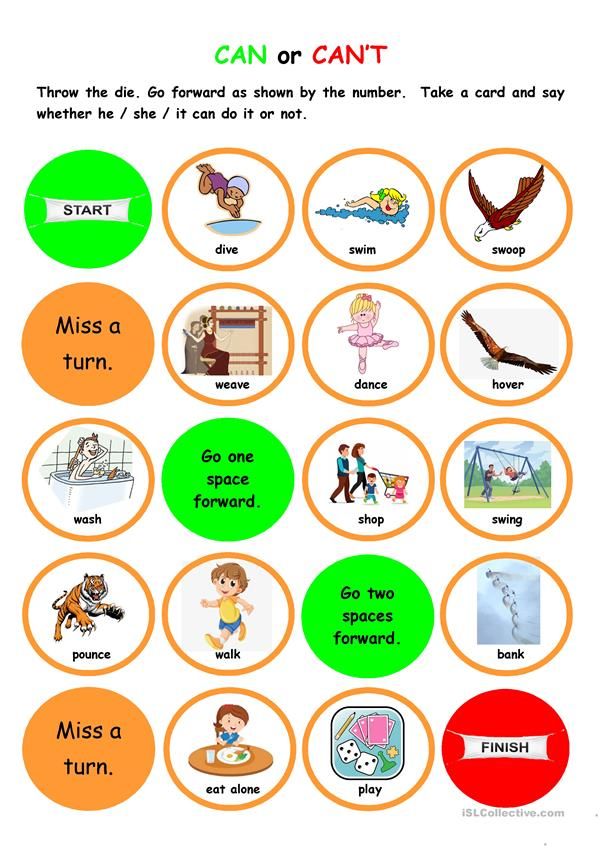 You must understand each other, and also help the programmer build the game.
You must understand each other, and also help the programmer build the game.
In short - read about the choice of engine. Take the time to study it.
Step 8. Choose a Genre
Genre is your niche. Genre is very important. There are genres that no one plays. And for some you need to study a lot of additional material.
It is better to choose a genre which:
- Popular on the platform. Games of this genre are often bought or downloaded. Use sites for genre analytics.
- Not too difficult to manufacture. MMORPG is not your choice.
- Like you or the team. You understand it or played a lot as a child.
Sales of games in different genres
Once you have decided on a genre, google everything about the production of games in this genre. Game design, graphics, levels, sounds. What to focus on?
Play the best games in this genre.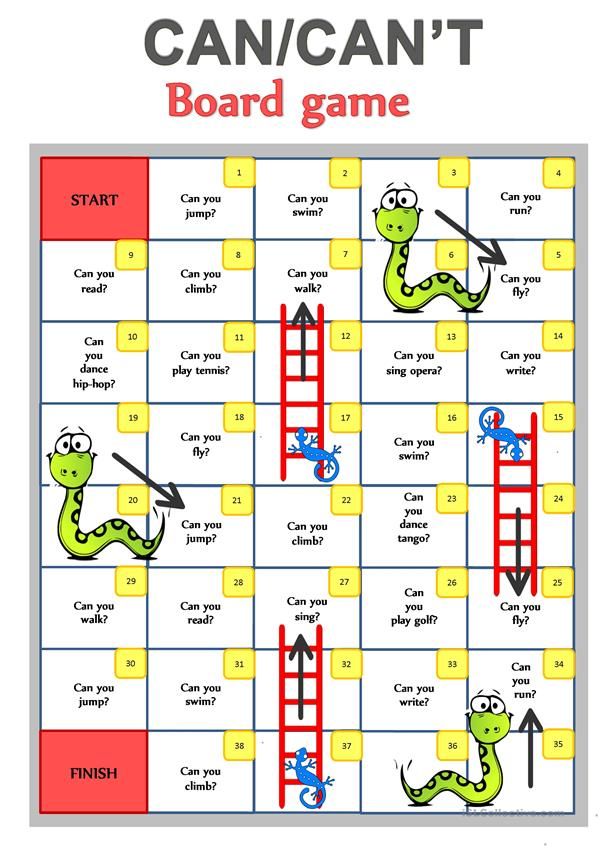 Watch videos about this genre.
Watch videos about this genre.
In short - choose a genre and learn everything you can about it!
Step 9 Come up with an idea, concept, USP
An idea is the core of your game. The seed from which the project will grow.
What is a good idea?
- Clear. Should be clear to everyone. For example, your mom.
- Interesting. I already want to play it! People love risk and new experiences that they want but can't experience in real life. For example, GTA is a tough guy simulation that everyone wants to be but can't.
- Popular. This is not an arthouse, not something strange or specific. The idea appeals to understandable images from life or mass culture .
- Eye-catching. This was not the case before. Or was, but for a long time. Or in another genre. Or in a different style. Or badly done.
What will help you choose an idea?
- Catalog of games on your platform.
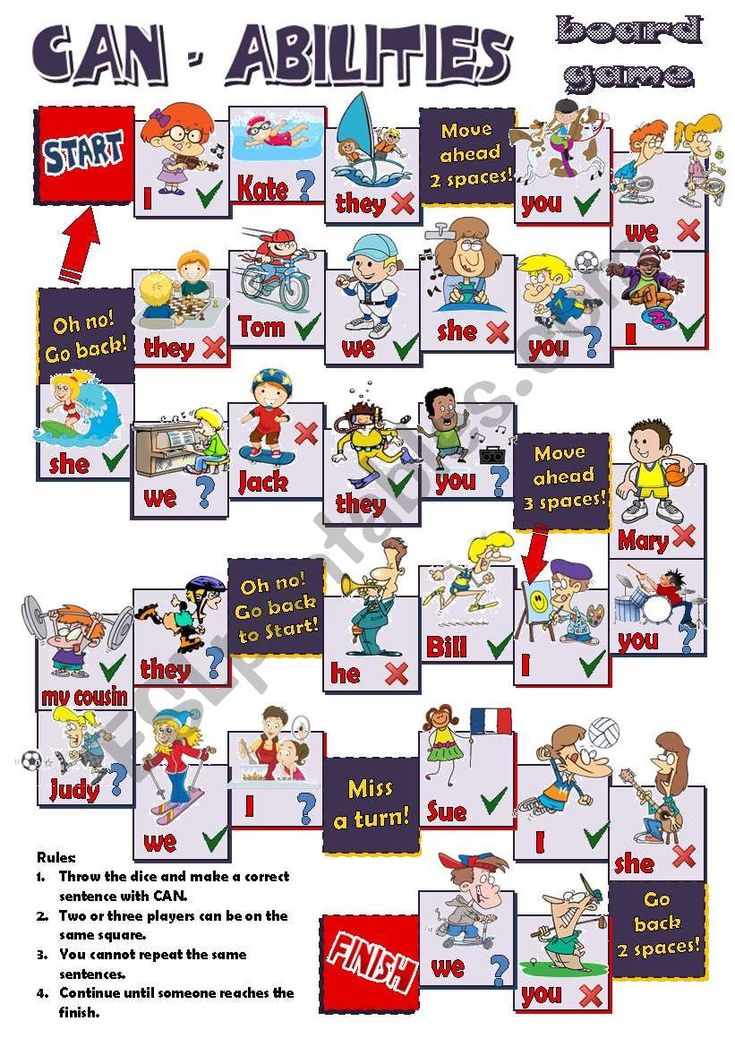 See what's popular. Think about how to change it, put it from a different angle. Hmm…a top railroad building game. What if we play as a driver?
See what's popular. Think about how to change it, put it from a different angle. Hmm…a top railroad building game. What if we play as a driver? - Sites-services with tag and genre analytics on the platform. You can track the popularity of the genre, the number of games in it. You can cross individual tags with each other.
- Mass culture. Movies, books, comics, short films, gifs, pictures from the Internet.
You will most likely have many ideas. Write them down. Let me lie down. And then choose the one that haunts you and seems the best.
When I gave birth to the idea
Pro pitch
The idea may seem ambitious. But it has to fit in the Pitch to be understood by the players, the press, and your mom.
A pitch is a short sentence describing an idea. For example, They Are Here: Alien Abduction Horror is a horror movie about alien abduction.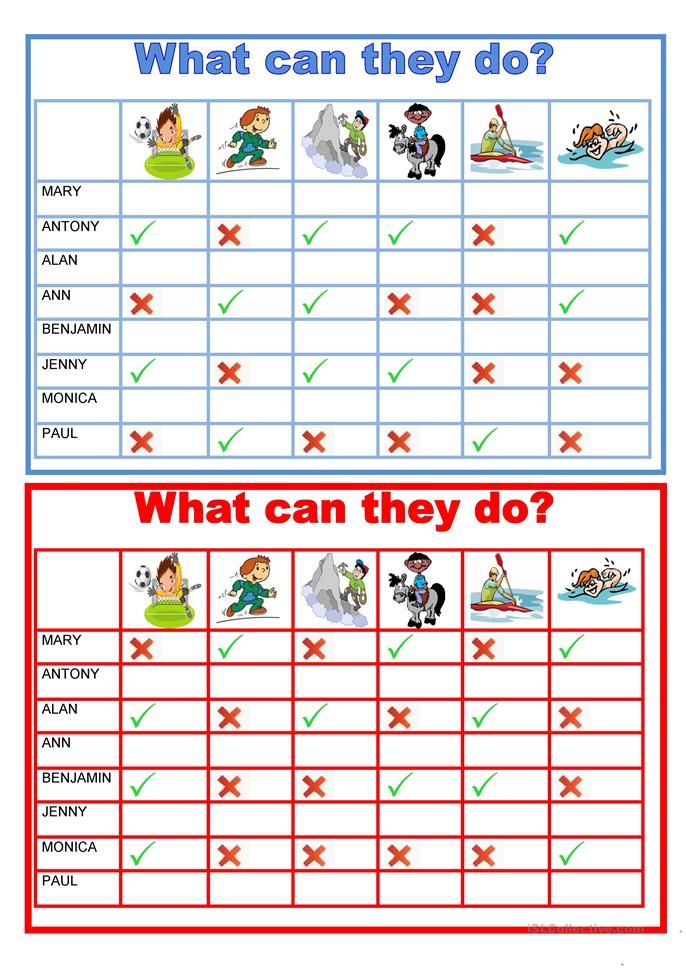 Read more about "How to pitch games".
Read more about "How to pitch games".
Based on Pitch, we describe the concept of the game. A more detailed description of the game on one page. Who are we playing for? What is the purpose? What can be done? What emotions do we evoke?
Pro USP
Think over the key features - USP, which will sell your project. They flow from your idea.
For example, Punk's idea is a mockery of mass culture and fashion.
Key features (USP) of Punk: defiant behavior, aggressive music and strange hairstyles.
Check out my USP, man!
Show your USP everywhere - in the trailer, screenshots, poster, game description. Talk about them communicating with the press and publishers. Poke them in the face!
For example, They Are Here has aliens, cornfields like in the movie Signs, and UFOs.
Shorter - read about the idea, concept, pitch, USP of the game. Formulate a clear vision for your project and communicate this vision to everyone.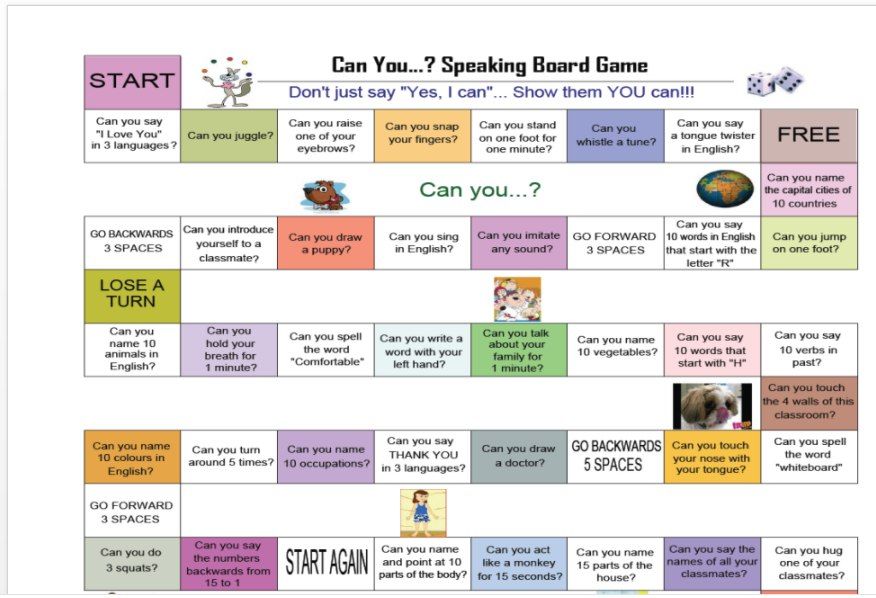 Without it, everything will fall apart and float.
Without it, everything will fall apart and float.
Step 10. List assets and tasks
Assets are the building blocks that make up games.
Make a list of things to do. At least in large strokes. Make a level, find music, insert a character. And you also need 20 types of swords.
Estimate the time and then multiply it by 2. Even if it seems silly to you. Multiply it by 2!
If you see that the project is large, cut off everything unnecessary. Unnecessary - everything that does not show the idea. Or rarely appears on the screen.
For example, if the idea of the game is ultra-violence, then you can not make 20 types of swords, but rather work out the physics of dismembering the body.
Estimate that for mobile hyper-casual games you need to make at least 30 minutes of gameplay. And for PC and Consoles, it is better to make the game for 2 hours. If you can do more, great!
Highly recommended!
Buy and use ready-made assets. This is the best way to reduce production time and not lose quality. It's not embarrassing, it's normal. It's actually fire!
This is the best way to reduce production time and not lose quality. It's not embarrassing, it's normal. It's actually fire!
Step 11. Organize the process
Write down everything that needs to be done. Every little thing. Otherwise, you will forget.
Set tasks. For myself and the team. I recommend Trello (easier) or Asana (more functional).
Collect project information in one place. You can use Miro boards or Notion wikis.
If you are alone or have a small team, don't worry about big and beautiful documentation. It is better to show an example, draw a diagram, explain on your fingers WHAT SHOULD be done.
Reference is the best task description for an artist! For example, I told my wife I want a cover like Slender, but with an alien. That's enough!
Collect and store the necessary information. Links to great articles. Contacts of possible partners. Screenshots of bugs. Etc.
Step 12. Make a demo
Demo / Vertical slice / MVP are very similar concepts.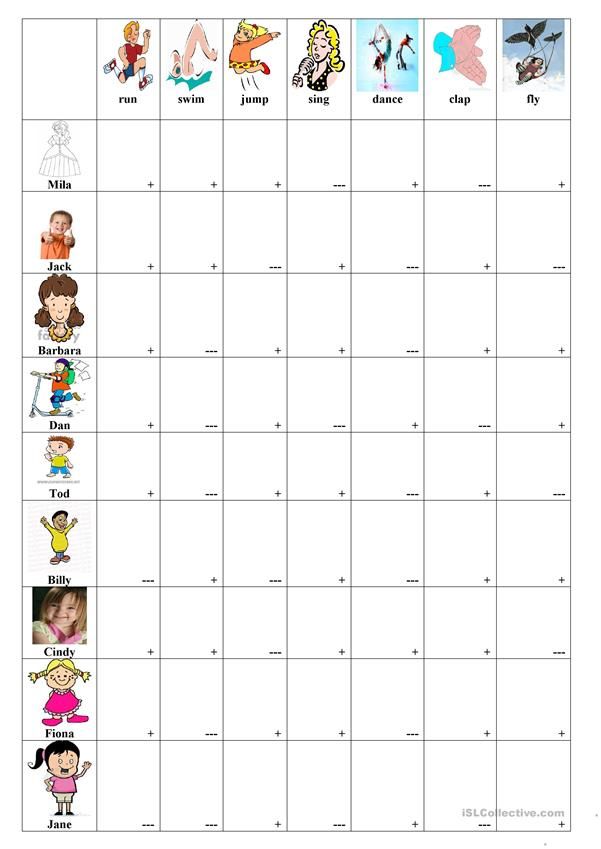 This is a small piece of the final quality game.
This is a small piece of the final quality game.
Small but high quality demo
Demo version solves many problems:
- Helps you record videos, screenshots, gifs
- Shows the payback of a mobile game
- Will help you get a job
- Speed up wishlist recruitment on Steam
- Receive feedback from players and streamers
- Can participate in festivals and competitions
- Only with her can you find a publisher.
In short - make a demo version of the game. This is your business card. Show it to everyone. Say - I will do the same, only more.
Step 13. Fuck! Break through to release!
I won't go into details about the release. It all depends on the game and platform.
It's better to give recommendations how to survive until the release:
- Do not change the idea on the go.
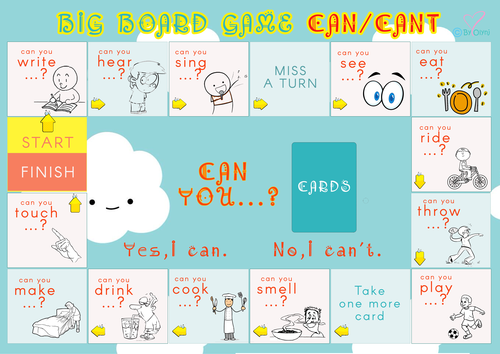 Strongly. A little bit is possible.
Strongly. A little bit is possible. - Do not start other projects. Don't spray. Do what you have planned.
- Make a work schedule. Work on the game all the time. At least 3 days a week, 2 hours a day. More is faster!
- Tired of development? Play similar games. Watch similar films. Find something cool to do.
- Still tired? Dream about release. Imagine how great and forever it will be!
- Show your work - write posts, post gifs, let's play streamers. Your goal is to get positive feedback. Well, or negative.
- Learn something new about game production. Listen to podcasts, watch reports. It motivates, helps in production.
Be like this guy
Thank you for reading!
This article is an introduction. You have a lot to learn and google at every step.
In short - you can do it! Really!
The main desire!
Everyone can make games - Gamedev on DTF
There are a lot of materials, courses on the Internet about various technologies. Which allow you to teach anything and anyone. I wanted to share my experience and help all those who have an idea to create their own game. Those who want to bring it to life and are afraid that all this is very difficult. Everything is simple, programming is simple, drawing is simple, writing music is simple, but doing it well is a little less easy. It's still just as easy, it just requires more time to do it.
7391 views
First parting word
The most important thing I wrote is the game engine, everything else can be neglected. In this article, I have reflected the basic set of everything you need that you may need in the process of creating a game completely from scratch. I used all the materials myself.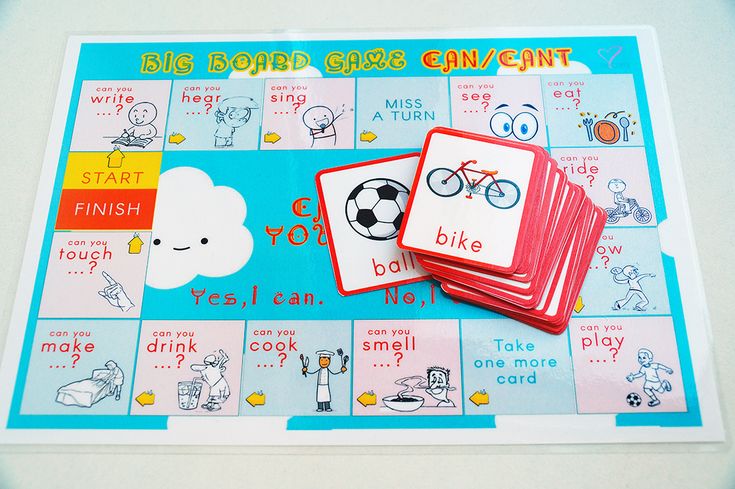
Clear Path
At the beginning of self-isolation, I decided to completely go into gamedev and in order to have something to learn from, I came up with a puzzle game. Implemented it from start to finish. I made graphics, sounds, design, models, code and stuffed a bunch of other bumps.
Screenshot for seed
Maxim Pikalov
In this article, I have compiled a clear path on how to create your first game with the current technology stack. From graphics to music, from Git to storytelling. Let's start, but remember that the choice of technologies, tools and solutions is subjective and you can use whatever you like instead of any of the details.
English
Yes! Just don't panic! Firstly, it is a very simple language, and secondly, you can learn it by doing what you love, watching TV shows, cartoons, and even films that you love very much. Try watching them in the original with subtitles.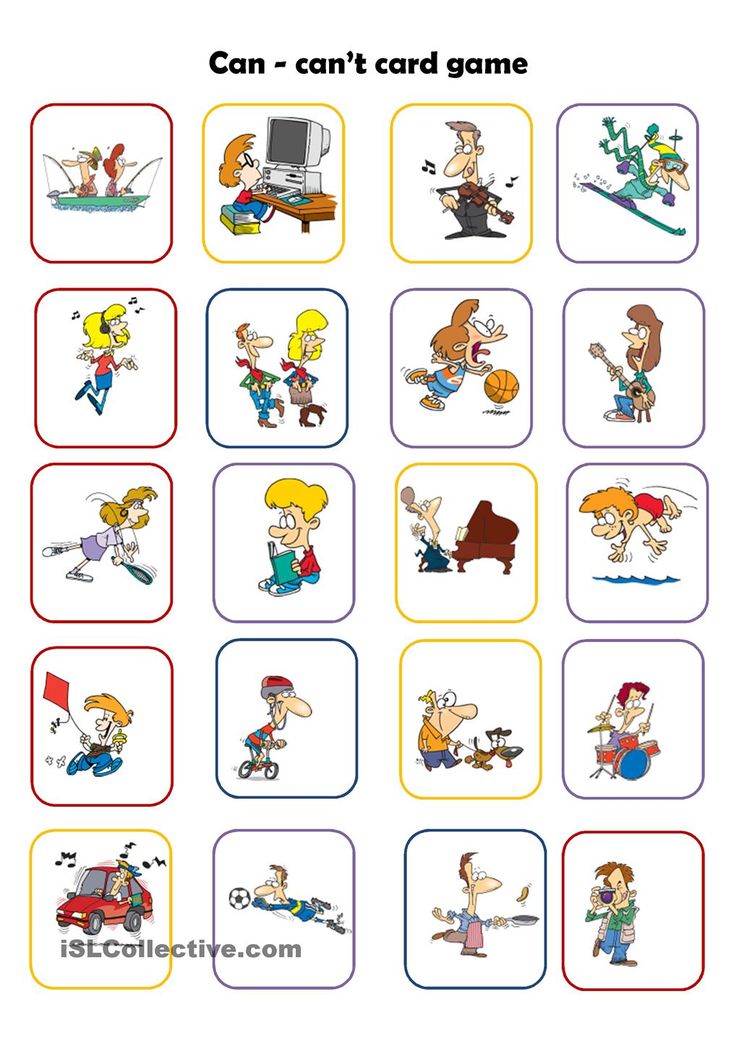 There are many pluses here, enjoy your favorite picture, voices and intonation of your favorite actors and learn a bunch of new words. Press pause to see what happens at will. The article contains a lot of material in English. Put subtitles, use page translation, I recommend manually translating everything from the very beginning for yourself, this will save a lot of time. But for the ultimate goal, namely the creation of a game, this is not necessary, you can translate with Google, and search for incomprehensible places separately, this will be enough. There are also materials in Russian on the topics listed below, search in Google. But there will be much more materials on your topics in English, translate the desired phrase and search in English.
There are many pluses here, enjoy your favorite picture, voices and intonation of your favorite actors and learn a bunch of new words. Press pause to see what happens at will. The article contains a lot of material in English. Put subtitles, use page translation, I recommend manually translating everything from the very beginning for yourself, this will save a lot of time. But for the ultimate goal, namely the creation of a game, this is not necessary, you can translate with Google, and search for incomprehensible places separately, this will be enough. There are also materials in Russian on the topics listed below, search in Google. But there will be much more materials on your topics in English, translate the desired phrase and search in English.
GIT
Difficult, incomprehensible and why? Everything is simple when you make a game and add new features, make a backup. If something goes wrong, revert to the previous version of the files. In order not to do this manually, there are version control systems for this, there are many of them, but I will talk about git.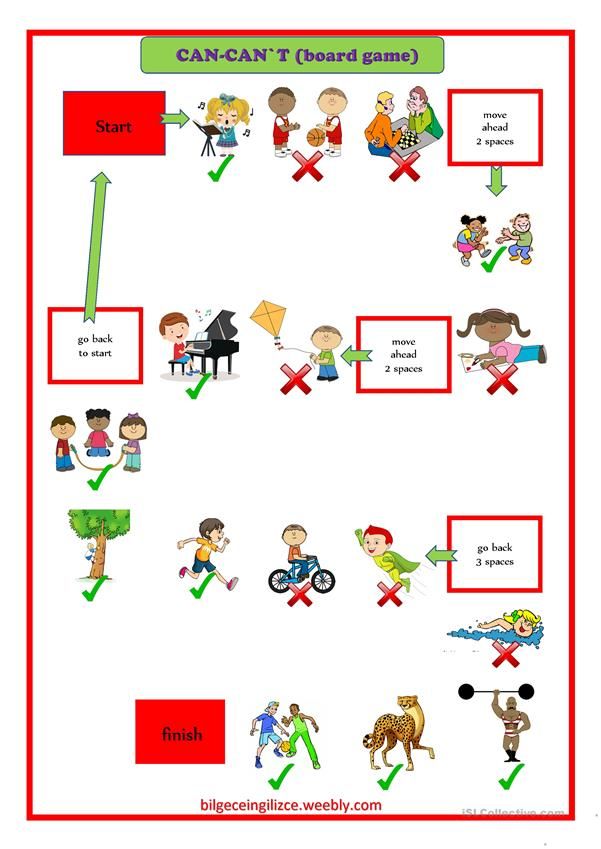
Download git, run git bash and run git config commands.
$ git config --global user.name "Your Username" $ git config --global user.email [email protected]
How to understand how git works? On the example of a local git server! Git itself can already create it. Here is a super great material on how to make a local git server with pictures.
Okay, I did, but how to use it?
The most simple guide with diagrams.
To better understand, try to make changes to the project, send them to the server and look in the GIT GUI, right-click and select in the same folder.
You will see everything you added, the time, and your git commit -m "messages". You can also rollback to previous versions there.
Engine
Here you can choose which one. If you want to do it measuredly for yourself and for pleasure, here is Godot for you.
Godot
Games made with Godot.
One of the best Godot tutorials.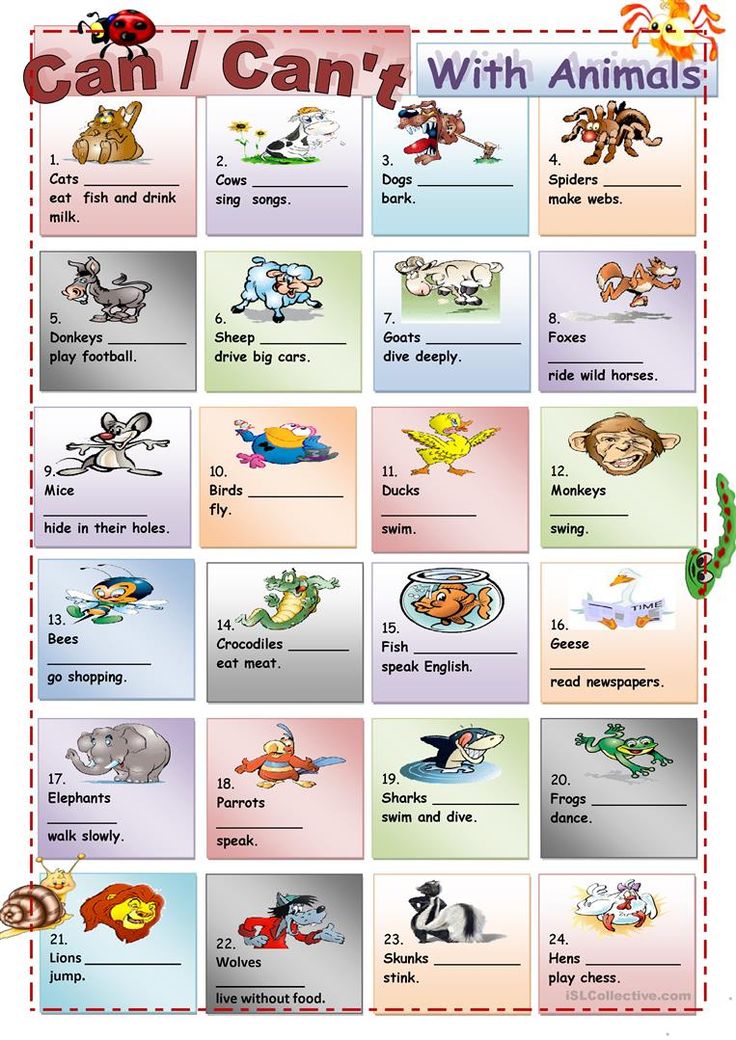 The lesson is complete, having studied it, you can begin to implement your idea.
The lesson is complete, having studied it, you can begin to implement your idea.
https://t.me/godot_engine
Russian channel on Godot, if there is no information on the Internet on your question, you can write here.
Unity
Well, I won't say much here, too many materials about it. I'll start with official courses.
YouTube channels.
Brackeys
Code Monkey
Emerald Powder An excellent Russian channel on Unity.
https://t.me/unity3d_ru
Russian channel about Unity.
General plan for engines
1. Choose an engine, any will do. But there are several important issues to consider. The more popular the engine, the more training material you will find. And if you plan to look for a job in gamedev, make sure that there are a lot of vacancies for your engine. And so, if you have enough time and desire, you can deal with any of them.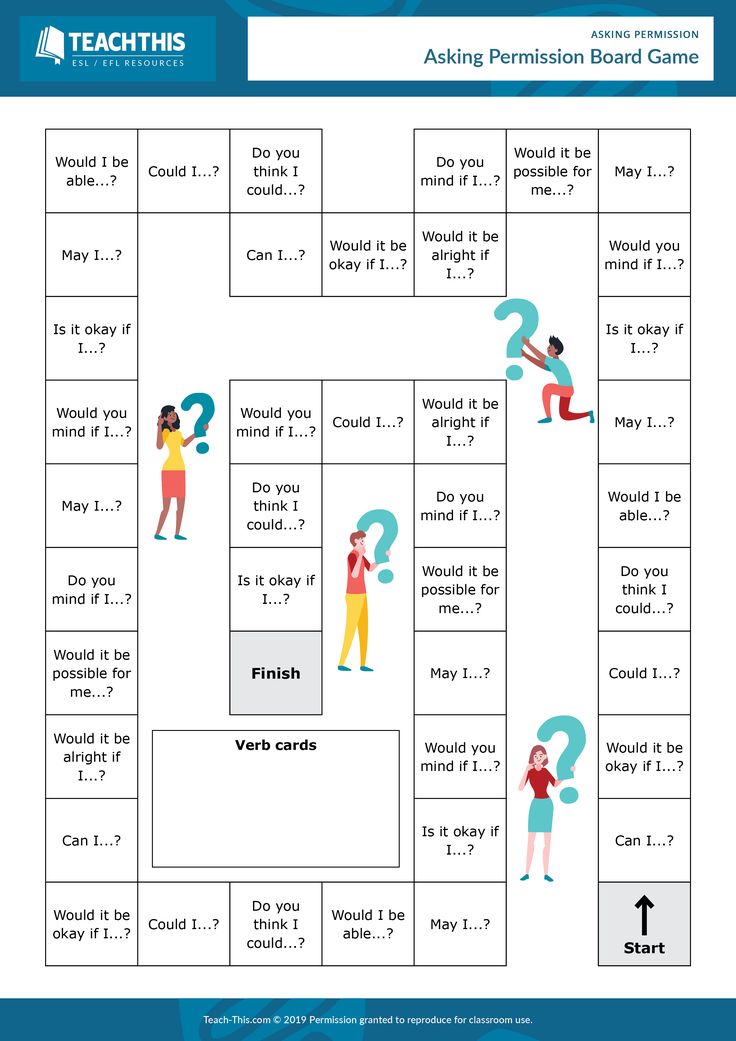 The same goes for game designers.
The same goes for game designers.
2. Select the genre in which you want to make your game, look for a tutorial on your engine in this genre, complete a couple or even one and immediately start your game. If not according to your genre, then do it differently, here it is important to complete a full-fledged tutorial. Feel free to use the assets from the lessons first. We will come to the creation of our own a little later.
3. You don't need to know how to code.
4. I explain point 3, now visual programming systems are gaining popularity, which are already in both of the above engines. And the programming itself, in principle, is a fairly simple thing, do not be afraid of it.
5. Don't be afraid to do something wrong or not perfect, while gaining new knowledge, you will refactor your code, object hierarchy and so on. The most important thing in creating your game is to get the first results as soon as possible in order to fuel your interest more.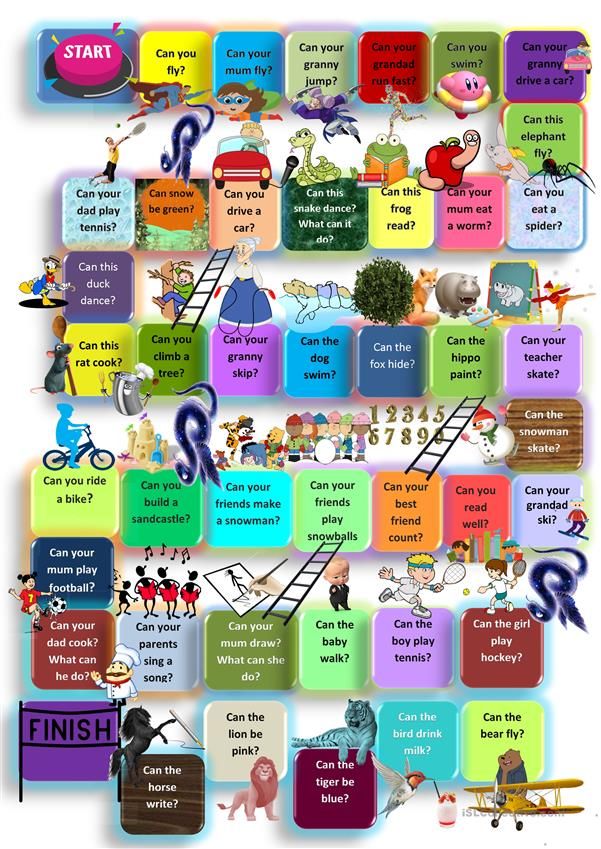
Graphics
We need to figure out if we want to draw?
No
There are a lot of free assets here that will cover all your desires at the initial stage. This is certainly not the only site with free graphics. If so, search.
Yes
All advice given is given by a person who cannot draw by hand. And if you know how, it will only be easier for you!
3D
This is Blender, very simple and straightforward. Here, too, everything is simple, we think over what our game will be about. We make a similar tutorial, but rather a few, and then we are already looking for what we specifically need.
A short simple lesson in Russian and your first model is ready in a couple of hours.
There are already too many lessons to recommend something specific. But I made this one. Although not completely, leaving the second part already and began to do what I needed specifically.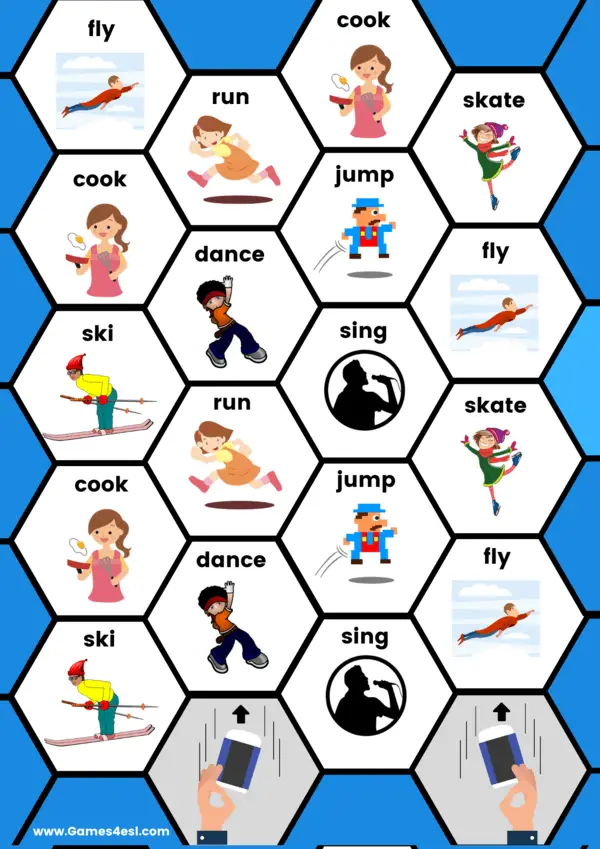
This does not mean that others are not suitable, as I wrote above, you are free to choose.
2D
Here I will conditionally divide into two styles, which one is closer to.
Pixel Art
Graphics example https://ru.wikipedia.org/wiki/Sega_Technical_Institute
This is good enough material to start with.
And this is just me sharing a treasure with you, the selection itself is incredibly inspiring. She's also super informative.
For drawing, I recommend Aseprite (open source, but the builds are paid, where you can find it).
Free and in the browser.
Draw online together in real time - Pixilart
Create art together in real time. Sign in to create an online room.
www.pixilart.com
Vector
Example graphics
https://ru.wikipedia.org/wiki/Angry_Birds
Here I definitely recommend Inskape.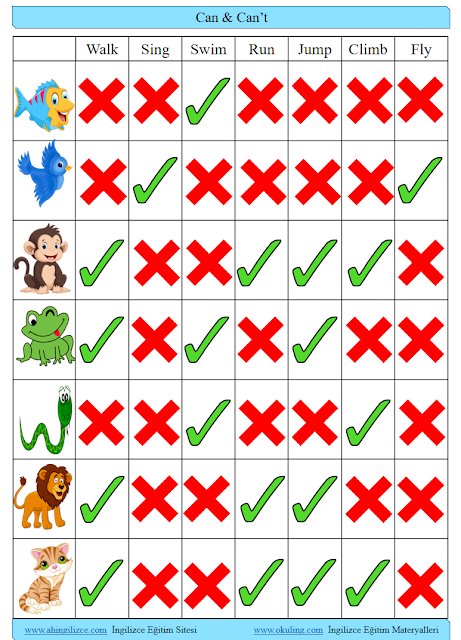 Subjectively. I like it because it is light, fast, simple and convenient. But it cannot be animated and this is a significant minus. Besides him, there are a bunch of other editors. Illustrator for which there are a million guides on the net and in Russian, including Corel Draw, no less famous.
Subjectively. I like it because it is light, fast, simple and convenient. But it cannot be animated and this is a significant minus. Besides him, there are a bunch of other editors. Illustrator for which there are a million guides on the net and in Russian, including Corel Draw, no less famous.
The approach is the same, imagine what you need to draw for your game - looking for a tutorial on a similar or this topic. I advise you to decide on the style of your game at the very beginning, so as not to jump from style to style later.
Great inkscape tutorial channel
Music
So let me dispel a couple of your myths first, writing music is easy, anyone can do it. We also have two approaches.
We do not want to delve into
You can find free music here, for example.
And here we are already writing our own. We poke notes at random until we like it, experiment with tempo, pitch, instruments.
We want to feel
Then choose a DAW, almost all of them are paid, but I recommend Ableton or Bitwig.
And here is a whole list of various free DAWs.
All the same. Google how to write what you need for the game. If you don't find it, look for something else to understand how a DAW works. Well, one of my favorite free VST sites. These are sound processing plugins.
Useful materials
Indie game marketing
Storytelling
Last parting word
Do not be afraid to start creating, to embody yourself in something. Everything is pretty simple. If you're afraid to take on a difficult task because you don't know how to tackle it, start digging around it. Search it on Google, read in general about the topic, it's much easier to start doing something you don't know how to do. It’s not so scary to start when you already don’t understand much.
If you are on fire with the idea of making a game, pay attention to yourself, namely by heating up your interest in this activity.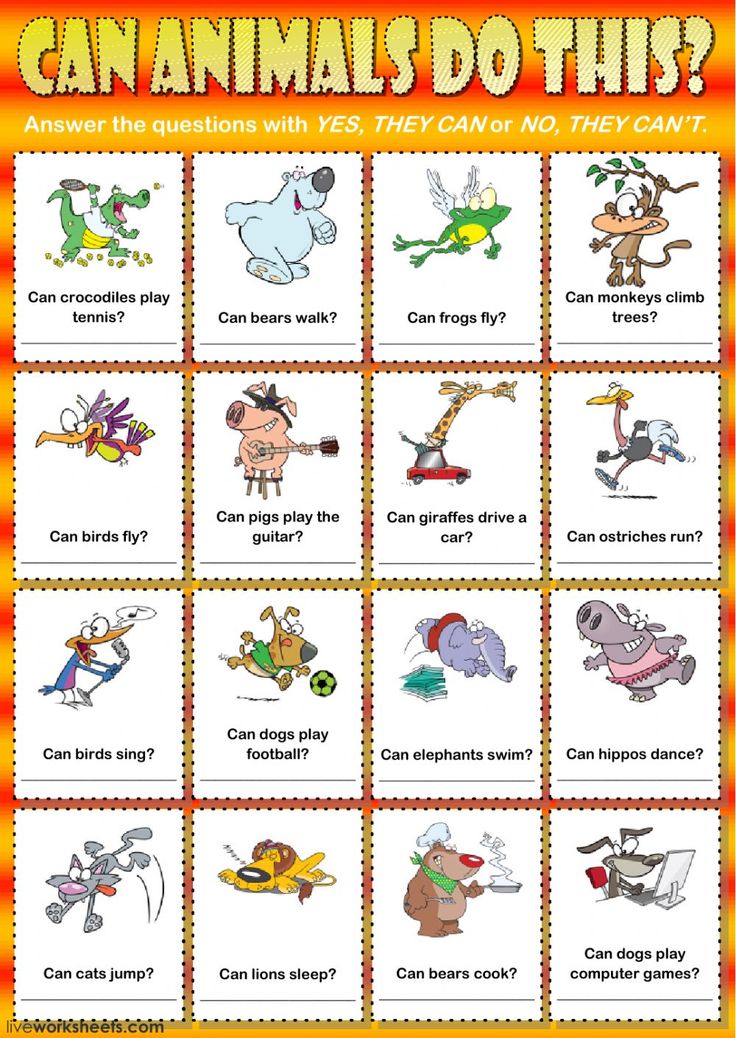

 Our online games reinforce important skills that are vital to elementary students and their educational process. RoomRecess.com was developed entirely by an elementary school teacher with the goal of reinforcing fundamental learning concepts in math, reading, spelling, language arts, typing, and problem solving. Because our learning games are free, students do not have to sign up or hold an account with us. Children can simply load up an activity and have fun learning online while they play!
Our online games reinforce important skills that are vital to elementary students and their educational process. RoomRecess.com was developed entirely by an elementary school teacher with the goal of reinforcing fundamental learning concepts in math, reading, spelling, language arts, typing, and problem solving. Because our learning games are free, students do not have to sign up or hold an account with us. Children can simply load up an activity and have fun learning online while they play!

